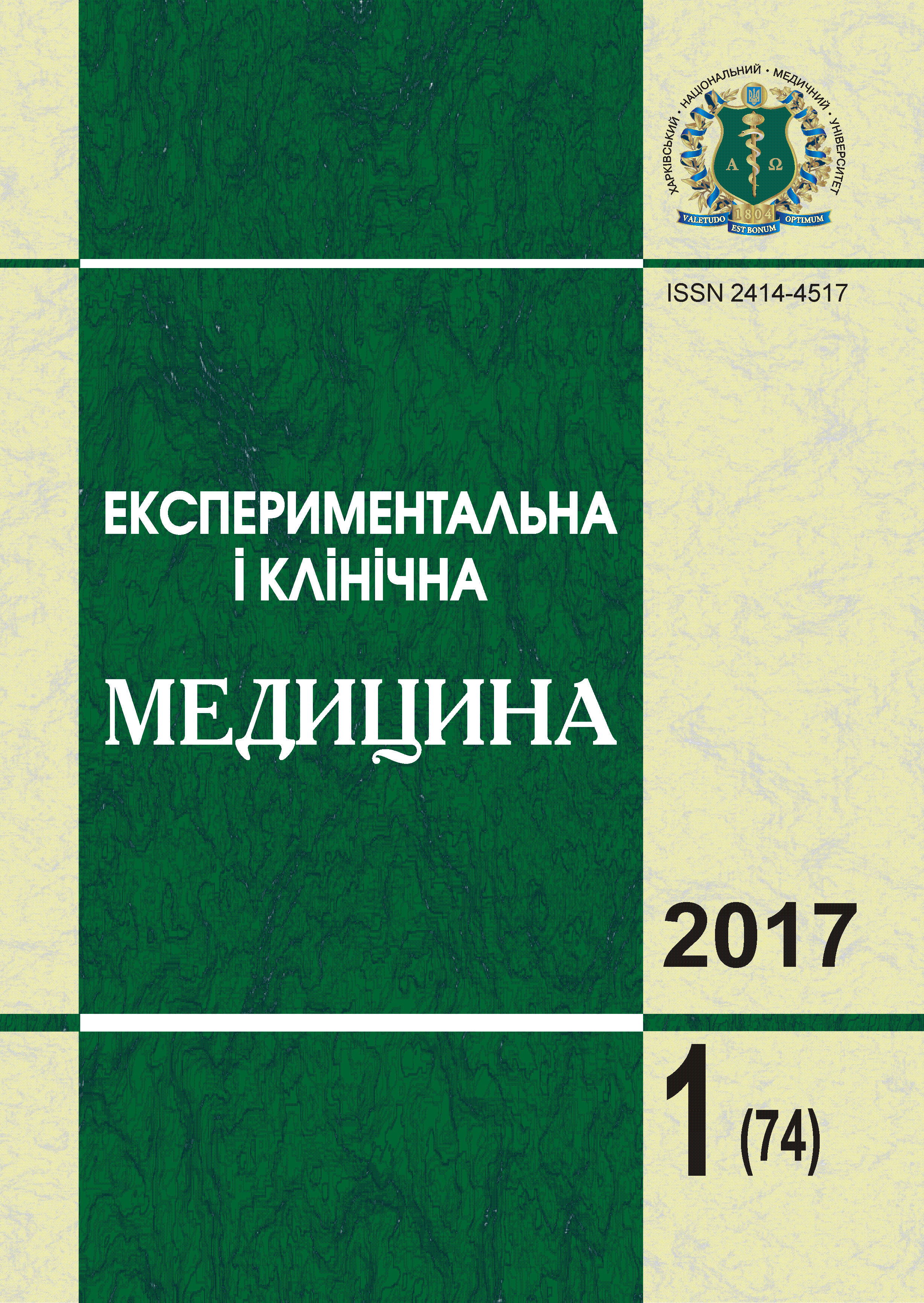Abstract
We performed a studied retrospective analysis of the results of the intraoperative spinal cord in 18 patients with congenital kyphosis and traumatic spinal injuries, divided into two groups. Comparison of the results showed that short-term and long-term loss of evoked potentials is due to corrective actions on the spine. Features change IOM indicators of congenital kyphosis are the result of neurophysiological changes in the spinal cord on a background of a long-term spinal deformity.References
Pajewski T.N.D. Lawrence H. Phillips Current approach on spinal cord monitoring: the point of view of the neurologist, the anesthesiologist and the spine surgeon / T.N.D. Pajewski, Lawrence H. Phillips // Eur. Spine. J. – 2007, Nov. – № 16 (Suppl 2). – Р. 115–129.
Shimode M. Spinal Wedge Osteotomy by a Single Posterior Approach for Correction of Severe and Rigid Kyphosis or Kyphoscoliosis / M. Shimode, Т. Kojima, K. Sowa // Spine. – 2002. – Vol. 27, № 21. – Р. 2160–2267.
Multimodal intraoperative monitoring: an overview and proposal of methodology based on 1,017 cases / M. Sutter, A. Eggspuehler, A. Muller, J. Dvorak / Eur. Spine J. – 2007, Nov. 16. – Suppl 2. – S. 153–161.
Spinal Cord Monitoring: Results of the Scoliosis Research Society and the European Spinal Deformity Society Survey / Dawson, E.G., Sherman J.E., Kanim L.E.A. et al. // Spine. – 1991. – Vol. 16, Issue 8. – S. 361–364.
Loss of spinal cord monitoring signals in children during thoracic kyphosis correction with spinal osteotomy: Why does it occur and what should you do? / G. Cheh, L. Lenke, A. Padberg, Y.J. Kim // Spine. – 2008. – Vol. 33, Issue 10. – P. 1093–1099.
Congenital Spinal Deformity: A Comprehensive Assessment at Presentation / S.P. Basu, H. Elsebaie, M.H. Noordeen // Spine. – 2002. – Vol. 27, Issue 20. – P. 2255–2259.
Stecker M. A review of intraoperative monitoring for spinal surgery / M. Stecker // Surg. Neurol. Int. – 2012. – Vol. 3 (supple 3). – P. 174–187.
